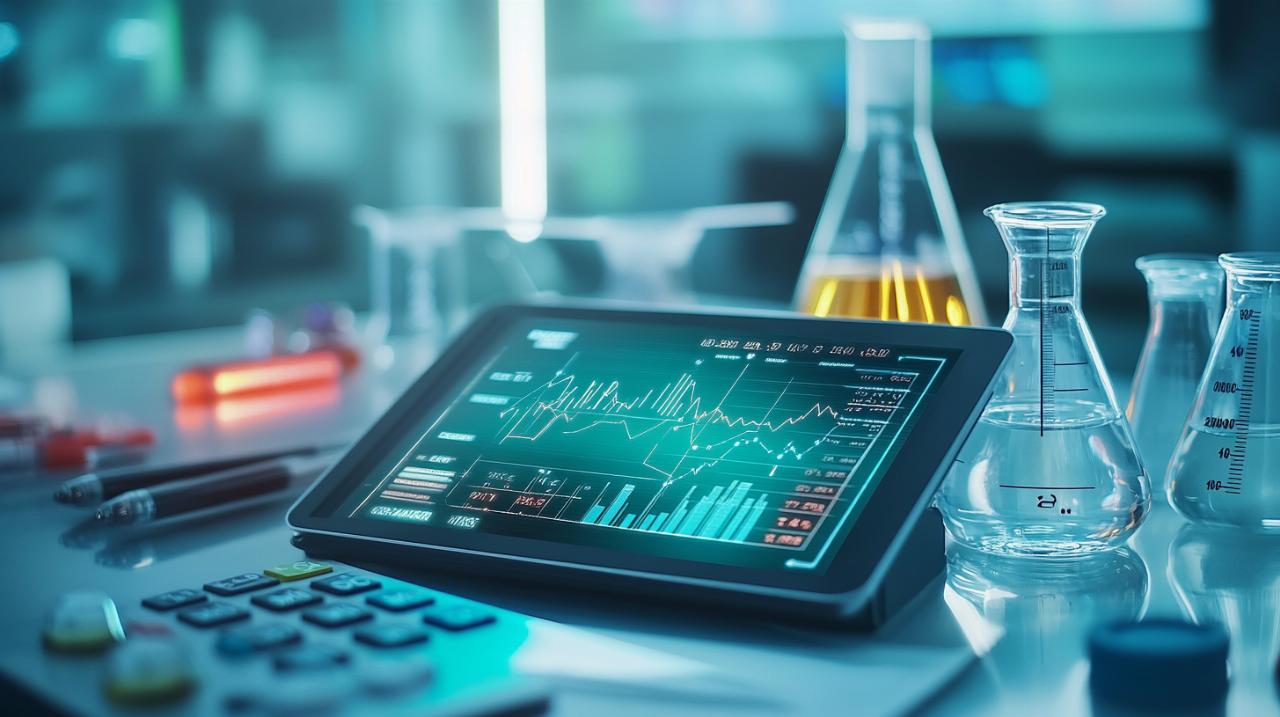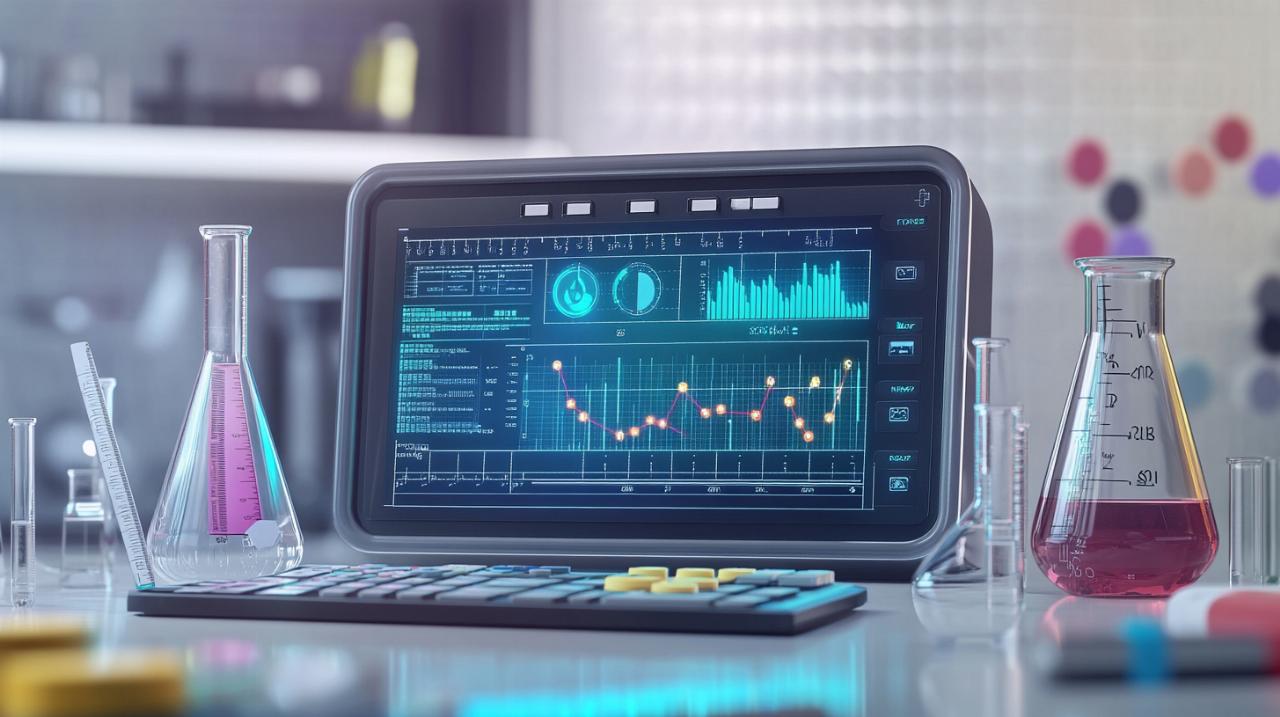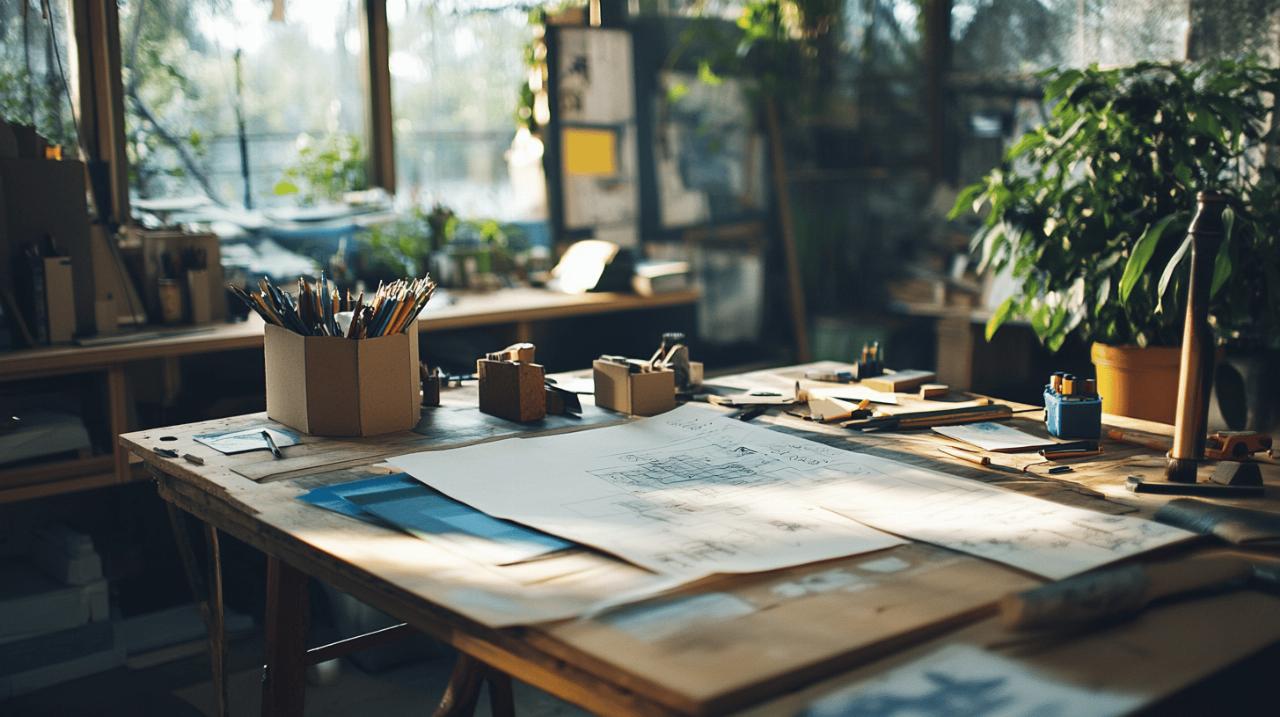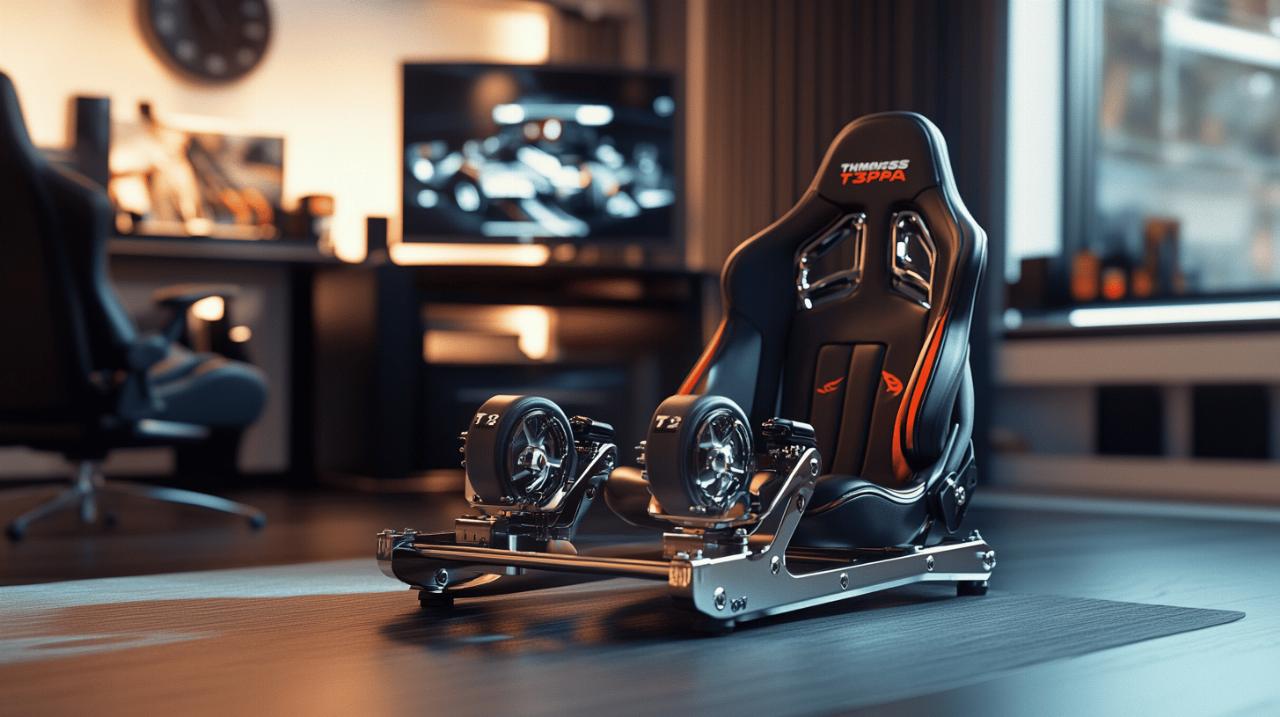Setting up an aquarium is a rewarding endeavour, yet one that demands meticulous attention to detail, particularly when it comes to measuring water volumes. Whether you are preparing for a small nano tank or a sprawling display of aquatic life, understanding how to convert litres accurately can save you both time and effort. This guide will walk you through the essential techniques and practical knowledge required to master volume conversions, ensuring your tank setup is both efficient and precise from the outset.
Understanding Litres and Their Critical Role in Aquarium Management
What Exactly Is a Litre and Why Does It Matter for Your Tank?
A litre is a fundamental unit of volume within the metric system, widely used across the globe for measuring liquids and other substances. In the context of aquarium management, the litre serves as the cornerstone for determining the capacity of your tank, calculating the correct dosage of water treatments, and planning effective water changes. When you purchase an aquarium, whether it be a compact sphere tank or a large rectangle tank, the volume is typically specified in litres, making this unit indispensable for hobbyists and professionals alike. Understanding what a litre represents allows you to gauge the scale of your setup and anticipate the requirements for filtration, heating, and chemical balance. Aquariums come in a variety of sizes, from those holding less than forty litres to expansive systems exceeding one hundred litres, and each demands a tailored approach to water management. Mastering the litre as a unit of measurement not only simplifies these tasks but also enhances your ability to maintain a thriving aquatic environment. By familiarising yourself with this metric standard, you lay the groundwork for more advanced conversions and calculations that will prove invaluable as your aquarium hobby evolves.
Relating Litres to Millilitres, Centilitres, and Cubic Metres for Precise Water Measurements
Within the metric system, the litre is seamlessly connected to other units of volume, enabling straightforward conversions that are essential for precise measurements. One litre is equivalent to one thousand millilitres, a conversion that is particularly useful when administering small doses of aquarium treatments or measuring additives for water conditioning. Similarly, one litre comprises one hundred centilitres, a unit less commonly used but still relevant in certain contexts. For larger installations, such as pond equipment or expansive aquarium setups, understanding that one cubic metre equals one thousand litres can help you scale your calculations appropriately. These relationships are intuitive once you grasp the decimal nature of the metric system, which operates on powers of ten. When you need to convert litres to millilitres, you simply multiply by one thousand, and to convert back, you divide by the same factor. This simplicity is one of the great strengths of the metric system and makes it far easier to work with than systems relying on more arbitrary conversion factors. For aquarium enthusiasts, this means that whether you are measuring out a precise volume of medication or calculating the total capacity of a bowfront tank, the process remains consistent and reliable. By internalising these relationships, you equip yourself with the tools to handle any volume-related challenge that arises in your aquatic pursuits.
Swift conversion techniques between metric volume units
Simple Multiplication and Division Methods for Litres to Millilitres Conversions
Converting between litres and millilitres is a skill that becomes second nature with practice, and the process itself is refreshingly straightforward. To convert a volume expressed in litres to millilitres, you multiply the number of litres by one thousand. For instance, if you have two litres of water, multiplying by one thousand yields two thousand millilitres. Conversely, to convert millilitres back into litres, you divide the millilitre value by one thousand. This method is not only simple but also highly effective for everyday aquarium tasks, such as measuring out water conditioners or calculating the volume of water removed during maintenance. The key to mastering this technique lies in understanding that each step up or down the metric ladder involves a consistent factor of ten or its multiples. By committing this relationship to memory, you eliminate the need for complex charts or calculators, allowing you to perform conversions swiftly and with confidence. This fluency is particularly valuable when working under time constraints, such as during a water change or when responding to an urgent water quality issue. The simplicity of multiplication and division also reduces the risk of error, which is crucial when dealing with sensitive aquatic species that require precise environmental conditions. As you gain experience, you will find that these conversions become almost automatic, freeing your attention for other aspects of aquarium care and setup.
Practical tips for visualising volume using common household containers
One of the most effective ways to develop an intuitive sense of volume is to relate litres to everyday objects and containers that you encounter regularly. A standard milk carton, for example, often holds one litre or two litres, providing a tangible reference point that you can visualise whenever you need to estimate volume. Similarly, many soft drink bottles are available in litre or half-litre sizes, and these familiar items can serve as mental benchmarks for quick assessments. When setting up an aquarium, imagining how many such containers would fill your tank can help you grasp the scale of the task at hand. This visualisation technique is especially useful when you are shopping for aquarium equipment or planning a new layout, as it allows you to make informed decisions without relying solely on numerical data. Additionally, common kitchen measuring jugs are typically marked in both litres and millilitres, making them invaluable tools for hands-on practice. By repeatedly measuring and transferring water using these jugs, you reinforce your understanding of volume relationships and build the confidence needed to tackle more complex conversions. This approach not only demystifies the concept of litres but also makes the process of aquarium management more accessible and less intimidating for newcomers. Over time, you will find that your ability to estimate and visualise volume improves significantly, enhancing your overall efficiency and effectiveness in maintaining your aquatic setup.
Converting Litres to Imperial and US Volume Measurements
Accurate Conversion Factors for Litres to Pints, Quarts, and Gallons
 While the metric system is predominant in many parts of the world, there are occasions when you may need to convert litres into imperial or US units, particularly if you are working with equipment or resources that use these standards. One litre is approximately equivalent to one point seven six pints in the imperial system, a conversion that is useful when consulting older aquarium literature or equipment specifications. For larger volumes, one litre translates to roughly zero point two two imperial gallons, a factor that is particularly relevant when calculating the capacity of larger tanks or pond equipment. It is important to note that the imperial gallon used in the United Kingdom differs from the US gallon, with the latter being smaller. Specifically, one litre equals about zero point two six US gallons, a distinction that can lead to significant discrepancies if overlooked. When dealing with quarts, one litre is close to one point zero six US quarts, making this conversion relatively straightforward. These factors are essential for ensuring accuracy when you are ordering supplies, mixing treatments, or comparing product specifications from different regions. By keeping these conversion factors readily available, whether in a reference chart or committed to memory, you can navigate between metric and imperial systems with ease. This versatility is especially valuable in a globalised market where aquarium products and advice may come from diverse sources, each with its own preferred units of measurement. Understanding these conversions empowers you to make informed decisions and avoid costly mistakes that could compromise the health of your aquatic environment.
While the metric system is predominant in many parts of the world, there are occasions when you may need to convert litres into imperial or US units, particularly if you are working with equipment or resources that use these standards. One litre is approximately equivalent to one point seven six pints in the imperial system, a conversion that is useful when consulting older aquarium literature or equipment specifications. For larger volumes, one litre translates to roughly zero point two two imperial gallons, a factor that is particularly relevant when calculating the capacity of larger tanks or pond equipment. It is important to note that the imperial gallon used in the United Kingdom differs from the US gallon, with the latter being smaller. Specifically, one litre equals about zero point two six US gallons, a distinction that can lead to significant discrepancies if overlooked. When dealing with quarts, one litre is close to one point zero six US quarts, making this conversion relatively straightforward. These factors are essential for ensuring accuracy when you are ordering supplies, mixing treatments, or comparing product specifications from different regions. By keeping these conversion factors readily available, whether in a reference chart or committed to memory, you can navigate between metric and imperial systems with ease. This versatility is especially valuable in a globalised market where aquarium products and advice may come from diverse sources, each with its own preferred units of measurement. Understanding these conversions empowers you to make informed decisions and avoid costly mistakes that could compromise the health of your aquatic environment.
Understanding the Limitations and Approximations When Working with Imperial Units
It is crucial to recognise that conversions between litres and imperial or US units are inherently approximate, as these systems are not perfectly aligned in their definitions. The imperial gallon, for instance, is defined differently from the US gallon, and both differ from the litre in ways that can introduce rounding errors if you demand absolute precision. In practical terms, this means that while conversion factors provide a useful guide, they should be applied with an awareness of their limitations. For most aquarium applications, the level of approximation inherent in these conversions is acceptable, as the tolerances for water volume and chemical dosing typically accommodate minor variations. However, in situations where precision is paramount, such as when administering medication to sensitive species or calibrating automated dosing systems, it is advisable to stick with metric units whenever possible. This approach minimises the risk of compounding errors and ensures that your measurements remain consistent throughout the process. Additionally, when consulting resources or product instructions that use imperial units, it is wise to cross-reference the information with metric equivalents to verify accuracy. By maintaining a critical eye and double-checking your conversions, you safeguard against the pitfalls of miscalculation and ensure that your aquarium setup remains both safe and effective. This mindful approach to unit conversion reflects a broader commitment to precision and care in all aspects of aquarium management.
Quick reference tables for everyday aquarium volume conversions
Essential Conversion Charts for Water Changes and Chemical Dosing
Having quick reference tables at your disposal can dramatically streamline the process of managing your aquarium, particularly during routine tasks such as water changes and chemical dosing. These charts typically list common volumes in litres alongside their equivalents in millilitres, gallons, and other relevant units, allowing you to locate the information you need at a glance. For example, a chart might show that ten litres equals ten thousand millilitres, two point two imperial gallons, or two point six US gallons, providing multiple perspectives on the same volume. Such tables are invaluable when you are working under time pressure or need to confirm a conversion quickly without performing manual calculations. Many aquarium enthusiasts find it helpful to print these charts and keep them near their tanks or in their maintenance kits, ensuring that the information is always within easy reach. In addition to standard conversions, some charts also include specific dosing guidelines for common aquarium treatments, linking volume measurements directly to recommended quantities of chemicals or medications. This integration of data simplifies the decision-making process and reduces the likelihood of under-dosing or over-dosing, both of which can have serious consequences for the health of your aquatic inhabitants. By regularly consulting these reference tables, you reinforce your understanding of volume relationships and build a more intuitive grasp of the quantities involved in aquarium care. Over time, you may find that you rely on the charts less frequently as your familiarity with the conversions grows, but they remain a valuable safety net for verifying your work and ensuring consistency.
Converting Litres to Teaspoons and Tablespoons for Accurate Medication Administration
When administering medications or supplements to your aquarium, precision is paramount, and this often requires converting litres into smaller units such as teaspoons and tablespoons. These household measures are commonly used in dosing instructions, particularly for products intended for smaller tanks or precise applications. One litre is approximately equal to two hundred teaspoons or sixty-seven tablespoons, figures that can be scaled down to match the volume of your specific tank. For instance, if you need to add a treatment to a twenty-litre tank and the instructions specify a dosage per litre, you can quickly calculate the total amount required by multiplying the per-litre dose by twenty. Understanding these conversions is especially important when working with concentrated solutions, where even small errors can have significant impacts. Many aquarium medications are packaged with dosing caps or syringes that measure in millilitres, but if you need to use teaspoons or tablespoons, having accurate conversion factors ensures that you apply the correct amount. It is also worth noting that the size of a teaspoon or tablespoon can vary slightly between countries and even between different sets of cutlery, so using standardised measuring spoons is advisable for the best results. By incorporating these smaller units into your conversion toolkit, you enhance your ability to fine-tune the conditions in your aquarium and respond to specific needs with precision. This level of control is what separates a thriving aquatic environment from one that struggles with persistent issues, and it underscores the importance of mastering even the smallest details of volume measurement.





